Traditional English muffins are small yeast breads; flattish circles with a gritty surface, torn apart rather than cut and usually toasted. But perhaps they should be Traditional American muffins - not English muffins.

- To tear apart it's best to first cut a small slit with a knife then use your fingers to gently tear in half. That rough surface makes craters for butter to soak in.
It's true muffins were adapted from the United Kingdom griddle-baked breads like the crumpet and bannock, but the English muffin we recognise today was first made in the USA and exported back to Britain.
In my August posting Moofins - Nana's Bran Muffins, I revealed today's cake-like muffins were adapted from the original yeasted muffin cooked on the stove top. This sparked my interest to make a home made version of the Traditional English muffin and coincided with finding"The Bread Bible" by American bread baker Beth Hensperger in a second hand bookshop. I now had a good recipe to follow...
Traditional English Muffins
(Makes 12 -15, 9-10 cm or 3-4 inch muffins)
¼ cup warm water
1 tbsp active dry yeast
pinch of sugar
4-4½ cups of high grade flour
2 tsp salt
1 large egg at room temperature
1¼ cups warm milk*
2 tbsp butter melted
½ cup currants (optional)
¼ cup of semolina or cornmeal for sprinkling when rolling out
*for those of you who are fermenters producing milk kefir, I replaced 1 cup of the milk with kefir but didn't heat it as it can easily separate. I did heat ¼ cup of milk with the melted butter to ensure the mix was warm. The idea of heating is to ensure the environment is warm for the yeast to activate quickly. I did take the kefir out of the fridge to come up to room temperature before using.
Pour the warm water into a small bowl. Sprinkle the yeast on top with a pinch of sugar, stir and leave in a warm place until bubbles appear - about 10 minutes.
In a large bowl place 2 cups of the flour and 2 tsp of salt and form a well in the centre of the flour. Break in the egg, add milk (or kefir), butter and yeast mixture and beat until creamy, for about 2 minutes.
Beth used a whisk for this first process but I used a wooden spoon. (This part can be processed with a cake mixer).
Add the remaining flour, half a cup at a time along with the currants (if using) and mix with a wooden spoon until a soft dough forms that just clears the side of the bowl.
Turn the dough out onto a lightly floured surface and knead until smooth and springy - at least 3 minutes. (If using a cake mixer switch to a dough attachment to knead for 2-3 minutes making sure the dough springs back when pressed - you may wish to do the final kneading by hand.)
Wash clean the bowl and add some olive oil in the base. Turn the dough once over to cover with oil and cover the bowl with plastic wrap and place in a warm spot for the dough to double in size. This may take 1½ hours.
Once the dough has risen, first step is to preheat an electric frypan or the oven with a pizza stone to 180°C. If you want to be authentic then heat a griddle or cast iron pan on the stove top to a medium heat. The pan will be hot enough when you land a drop of water in the pan and it sizzles and dances across the surface.
Lightly sprinkle the work surface with the semolina or cornmeal. This will prevent the soft dough from sticking and will give that distinctive grainy coating to the muffin. Gently deflate the dough and roll out to about 1.5 cm or ½ inch depth. Sprinkle the top as well to prevent the rolling pin sticking to the dough.

- Another handy use for Augustines of Central preserving jar lids - an ideal sized muffin cutter.
I experimented with a couple of biscuit cutters and a preserving jar lid to cut out the muffins. I quite like the scalloped edges of the larger biscuit cutter.
All the trimmings put together and roll out again. Cover the made muffins with a cloth or if its really warm in the kitchen put them in the fridge until ready to go on the skillet or oven to avoid them getting too puffy. Beth didn't suggest the pizza stone - it was something I thought may work as the griddle or girdle in Wales was originally stone.
In a cast iron pan on the stove top you need to cook them for about 10 minutes each side but keep an eagle eye on them to avoid too much browning. I wanted to avoid the muffins being doughy on the inside so after the first couple on the stove top I put the rest into the oven on the pizza stone.
I didn't spray the stone with oil but I did the pan where I finished them off to give them that brown crust. It may be a cheats way but I did ensure the interior of the muffin was cooked without the exterior being too crusty.
The early American settlers didn't have the luxury of using an oven when they began making this bread. I'm sure they got very good at ensuring the griddle was not too hot so that the muffins cooked through without burning on the outside. Today we are so often time poor, so baking that takes too long doesn't get made. Using a pizza stone in the oven and finishing off on the top I think is the best compromise.
The muffins once cooked should be cooled on a wire rack before pulling apart and eating fresh or toasting.
It takes a little effort to make these muffins but I was very pleased with the final outcome. They are easy and are far better than the shop bought versions. I have enough muffins to freeze for another time or to give away as an edible gift.
I now call them Traditional Muffins not English Muffins, plus I have a feeling making these delightful breads will be an ongoing tradition in the Hayden household.

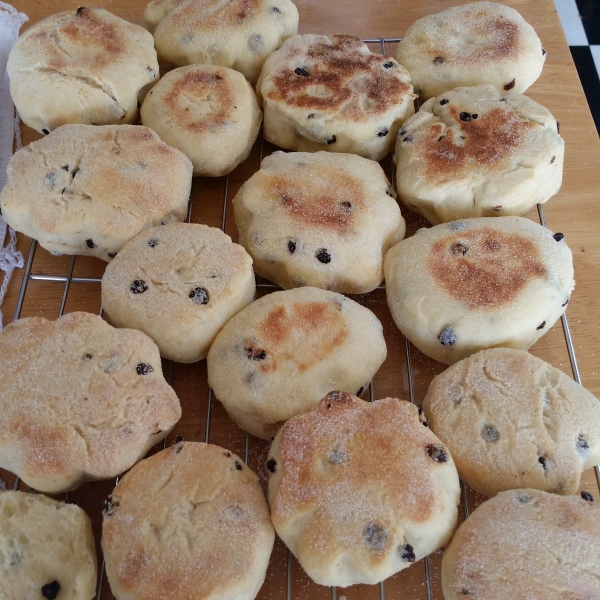

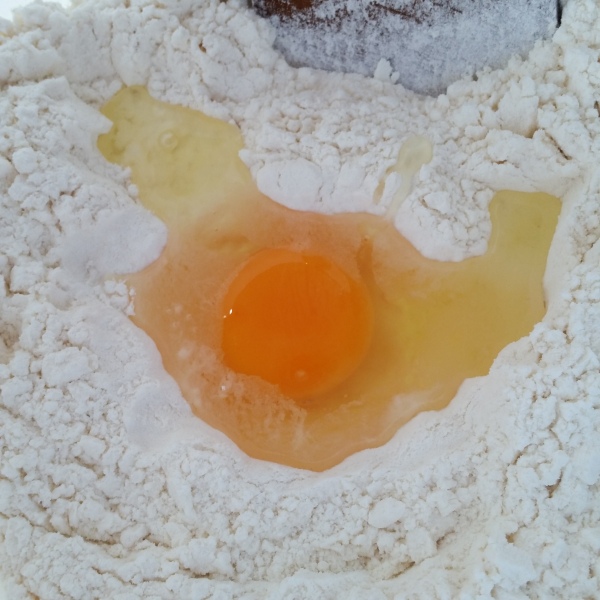
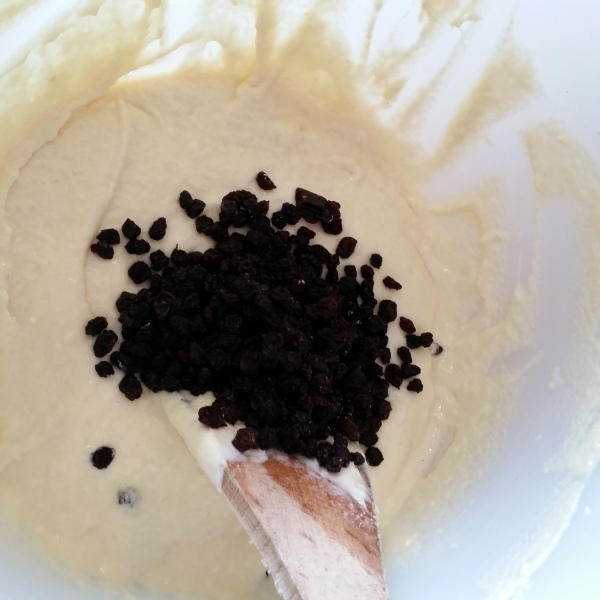
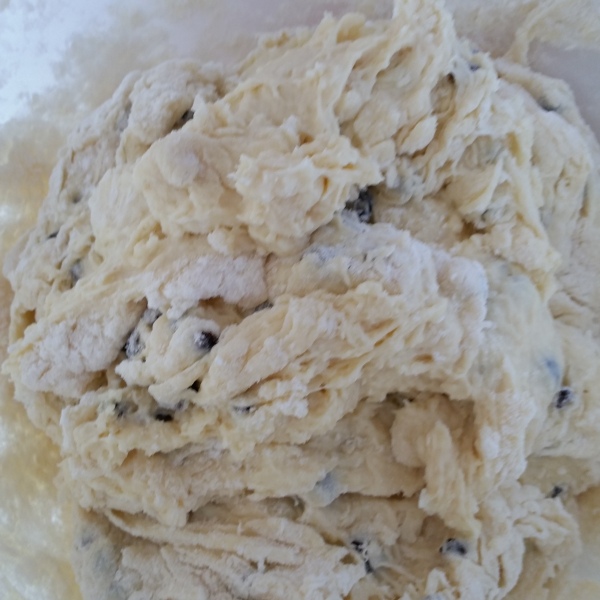
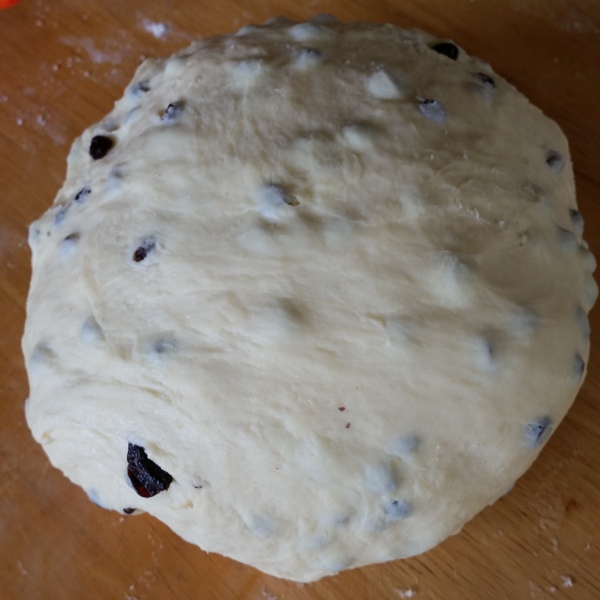

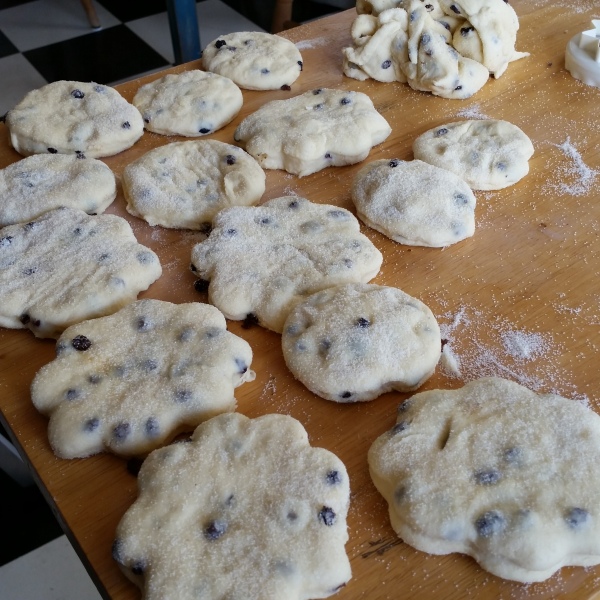
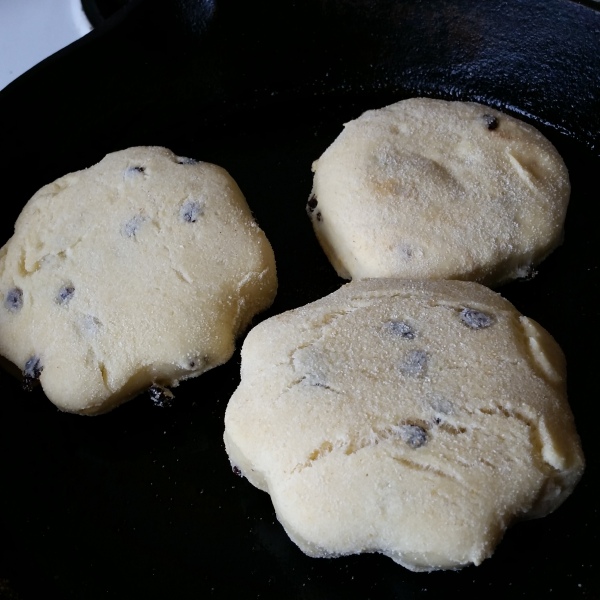
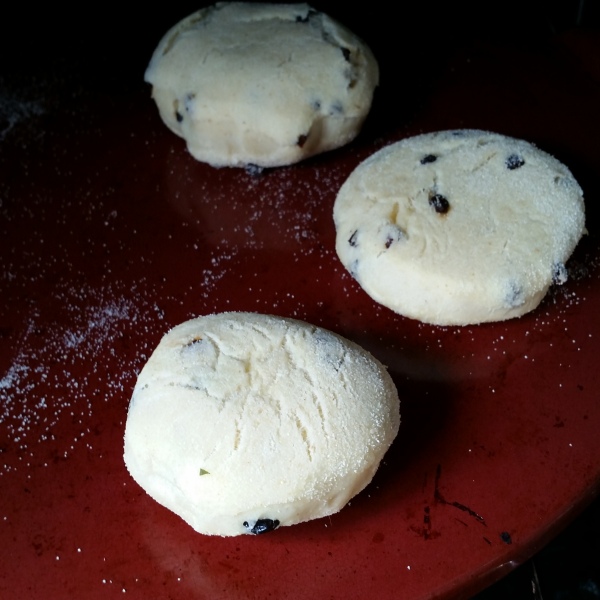
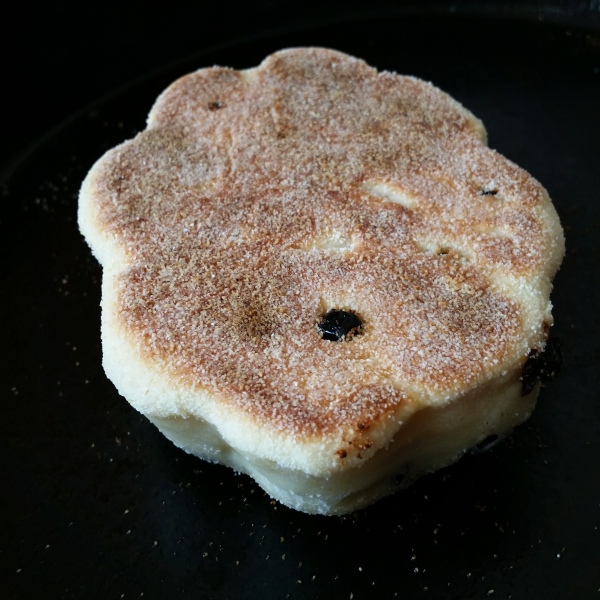

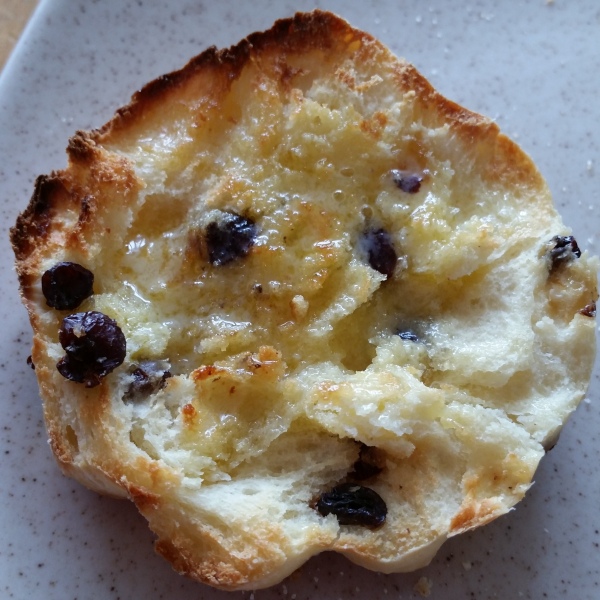
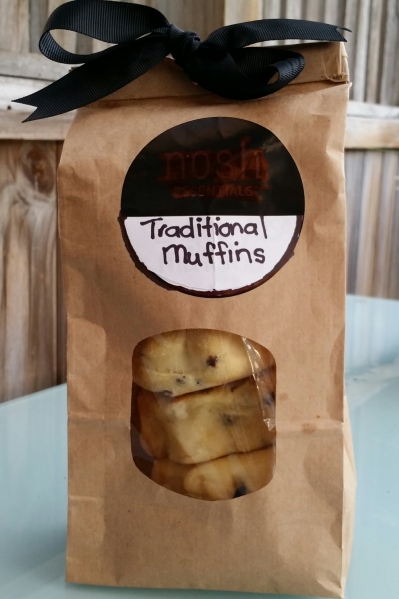
No comments:
Post a Comment
Would like to see your comments or share some of your favourite recipes.